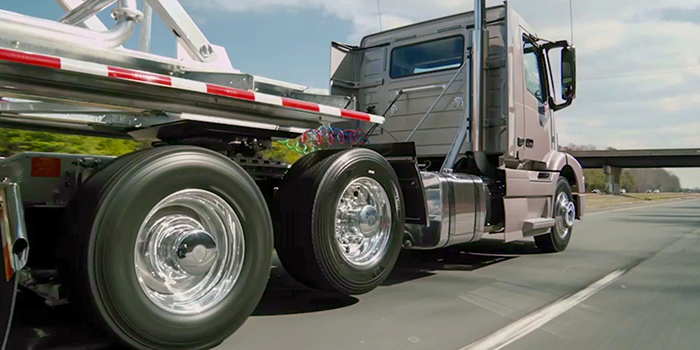The truck equipment trend of the year
It’s been the talk of the industry all year. Its importance goes beyond monetary savings by preserving equipment and mitigating collisions. This year, Fleet Equipment crowns advanced safety systems as its 2015 Truck Equipment Trend of the Year. “Fleets are asking about safety systems; the percentage of orders for a collision mitigation radar system for
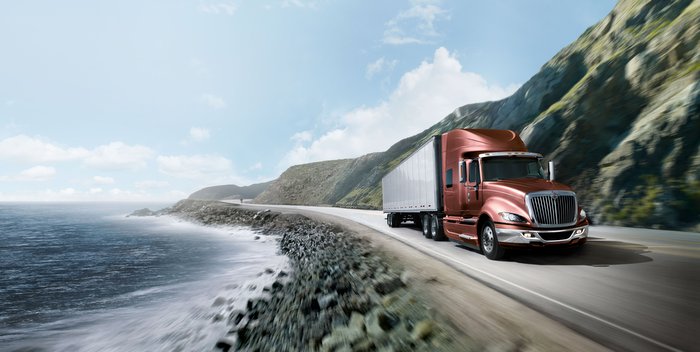
The perfect combination: The Zen of creating the optimum downsped engine/axle/drivetrain mix
Most truck engines, today, run at around 1,450 RPM at cruising speed to provide the 200 HP needed at the wheel-end. Engine downspeeding allows the truck to operate consistently in a more efficient range, generally between 1,100 to 1,200 RPM, while maintaining the same 200 HP at the wheel end. As a result, fuel efficiency
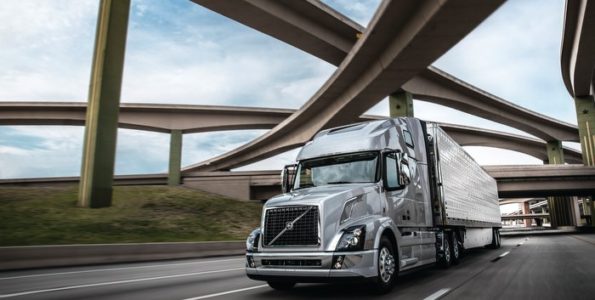
Powertrain integration outtakes: Even more insight (FEDigital exclusive)
With nearly every info-packed story in the print pages of Fleet Equipment, there are nuggets of information left on the editing room floor, usually due to limited space on the printed page. Thanks to the supercomputers that enable the hive-mind that is the Internet, we can bring you all the info we amass in a

Powertrain integration: Axle, driveline focus
The engine, transmission suppliers and OEMs work together to determine the ideal operating engine RPM for a desired road speed. This information is passed on to rear axle suppliers, like Meritor, to design and develop an axle ratio that best fits the engine and OEM’s needs, said Karl Mayer, Meritor director of product strategy, axles.
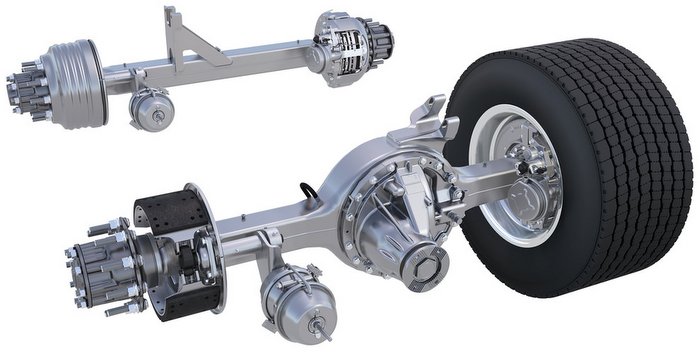
Powertrain integration: Transmission focus
While the engine supplies the power, the transmission puts the integration to work. “Integration allows the engine and transmission to streamline communications and decision making,” said John Moore, Volvo Trucks product marketing manager-powertrain. “The transmission is programmed to shift based on the peak torque of the engine and not specific RPM points. Trucks can maintain
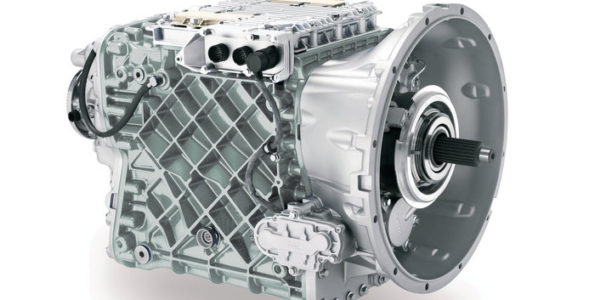
Powertrain integration: Engine focus
Integration is not a new idea in the trucking industry, but the amount of efficiency OEs are pulling out of engine, transmission and axle combinations are reaching staggering new heights. One of the biggest talking points in today’s performance-packed powerplant arena is “downspeeding.” There are different levels of downspeeding and the experts at Detroit, which
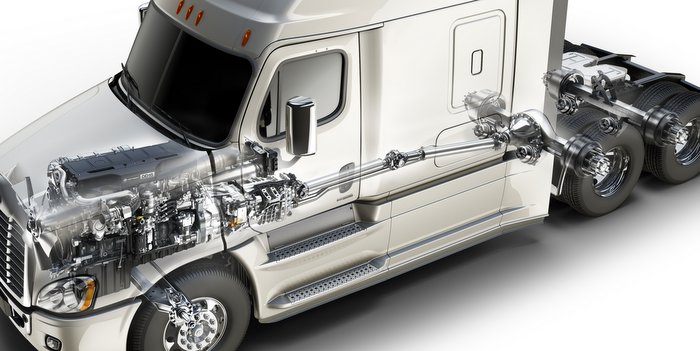
Let’s talk progress!
Some of you may recall the iconic drawings of detective Dick Tracy, of comic book fame, talking into his wristwatch—most likely relaying valuable information back to headquarters. I doubt that when those drawings were penned anyone looking at them thought that some day we’d have the capability to talk into wristwatch type-devices. Yet here we
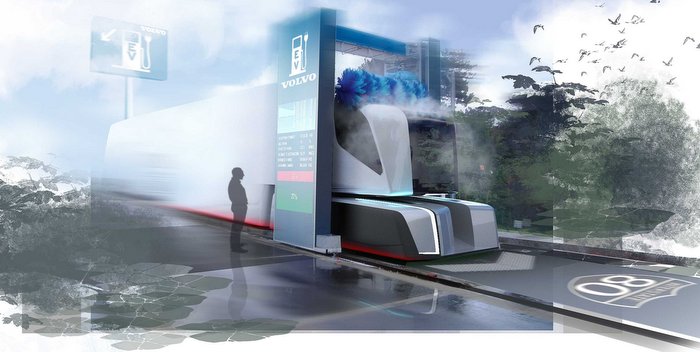
Meeting the next emissions milestone
Those of you who have been around for a couple of decades are intimately familiar with all the engine and powertrain changes that have been made within those years to comply with EPA emission standard benchmarks and, more recently, the EPA/NHTSA Greenhouse Gas 17 (GHG17) initiatives. But you ain’t seen nothin’ yet! While there is

From powertrain to driver performance, Kenworth keeps focused on efficiency
Since the launch of the T680 in 2012, the truck has been Kenworth’s on-highway flagship with the T680 Advantage sporting the latest in efficiency upgrades—from aerodynamics to engine and powertrain improvements. For 2015, Kenworth has continued to improve efficiency in its product offering and refine the engine and powertrain integration. It all starts with the
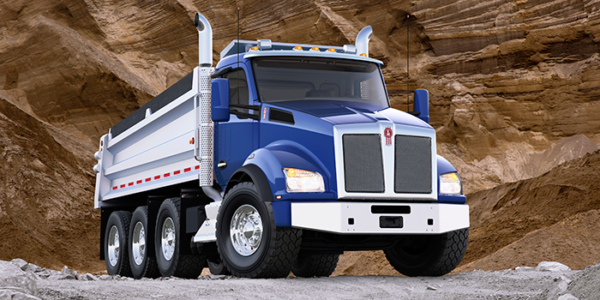
Volvo unveils Adaptive Loading suspension
Volvo Trucks introduced Adaptive Loading at MATS, a new 6×2 liftable forward axle that automatically adjusts to load weight changes and offers 4×2 operation under certain conditions. Key benefits of Adaptive Loading include greater fuel efficiency, improved traction, lower maintenance costs and increased driver productivity, according to Volvo. Adaptive Loading is ideal for bulk haul
